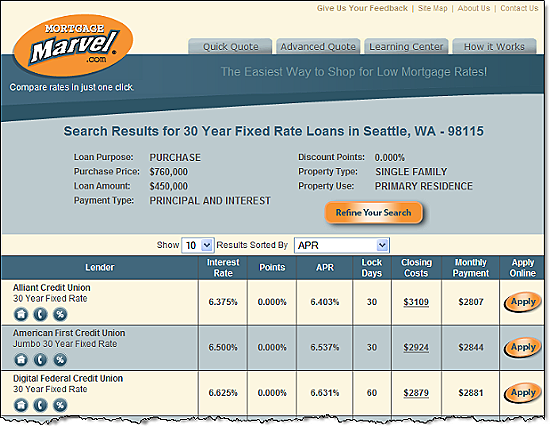The schwag has been delivered, the notebooks printed, and the lunch order is in. We are all set to welcome more than 200 bankers, tech providers, press and analysts to Mid-town Manhattan on Tuesday, Oct. 2. We sold out the main auditorium last week, but you can still grab a good seat in the overflow room by registering at our conference website.
 If you'll be there in person, be prepared to network with the presenters and other attendees. For two hours after both the morning and afternoon DEMO sessions, the presenters, along with other execs from each company, will be available for one-on-one or small group discussions and demonstrations. And a special thank-you to Philip Faulkner and Amdocs for sponsoring the networking area.
If you'll be there in person, be prepared to network with the presenters and other attendees. For two hours after both the morning and afternoon DEMO sessions, the presenters, along with other execs from each company, will be available for one-on-one or small group discussions and demonstrations. And a special thank-you to Philip Faulkner and Amdocs for sponsoring the networking area.
If you can't make it, watch this space for liveblogging during the event from Huntington's Brandon McGee. And at our NetBanker blog, Vancity's William Azaroff will also be covering the event in person (and check out his post today on planning your first social media effort). And within a few weeks, you'll be able to watch all the DEMOs in their entirety at our FINOVATE website.
Here's the final FINOVATE lineup:
8:00 AM Continental Breakfast
9:00 AM Welcome: Jim Bruene, Editor & Founder, Online Banking Report
9:05 AM Morning DEMOs (7 minutes per company)

Geezeo
Shawn Ward, Co-Founder
 Metavante
Metavante
Chris Burfield, Product Line Manager, E-Payments

Lending Club
John Donovan, COO

Andera
Charlie Kroll, CEO
CheckFree
 Bob Homer, VP Product Management
Bob Homer, VP Product Management
Milind Pandit, Director Product Management

Mortgagebot
Scott Happ, President & CEO

Billeo
Murali Subbarao, Founder & CEO
Online Resources
 Bill Kinnelly, SVP Product & Marketing
Bill Kinnelly, SVP Product & Marketing
Mike Martell, Business Development Exec.
Identity Theft 911
 Adam Levin, Chairman
Adam Levin, Chairman

Yodlee
Peter Hazlehurst, SVP Product Development
10:40 AM to 1:00 PM Networking with the Sponsored  by:
by:
Morning Presenters
(lunch available)
1:00 PM Welcome: Jim Bruene, Editor & Founder, Online Banking Report
1:05 PM Afternoon DEMOs (7 minutes per company)

Firethorn
Kyle Cochran, Product Manager

Monitise
John Tantum, Business Development Director

ClairMail
Joe Salesky, President & CEO

MShift
Awele Ndili, Founder & CEO

mFoundry
Drew Sievers, CEO & Co-Founder
 Prosper
Prosper
Chris Larsen, CEO & Co-Founder
Andrew Martinez-Fonts, Head of Product Management

Jwaala
Andrew Taylor, CTO

iPay Technologies
James Hyde, SVP Strategic Alliances

Digital Insight, an Intuit company
Paul Rosenfeld, VP & GM Small Business

Mint
Aaron Patzer, Founder & CEO
2:40 PM to 5:00 PM Networking with the  Afternoon Sponsored by:
Afternoon Sponsored by:
Presenters (snacks & beverages available)
4:30 PM Best of Show Awards Presented
5:30 PM to 6:30 PM Informal cocktail hour (location TBD)
 Logging in today at PayPal, I was greeted with a full-screen message promoting its debit card (see screenshot below). Note the prominence of the yellow Apply Now button compared to the Go to my account in the lower right. The company has offered a debit card option for more than five years and promotes it from time to time within its site.
Logging in today at PayPal, I was greeted with a full-screen message promoting its debit card (see screenshot below). Note the prominence of the yellow Apply Now button compared to the Go to my account in the lower right. The company has offered a debit card option for more than five years and promotes it from time to time within its site. Speaking of PayPal, the melodramatic headline on the front page of this month's Bank Technology News grabbed my attention (see upper-left corner of October issue here and inset):
Speaking of PayPal, the melodramatic headline on the front page of this month's Bank Technology News grabbed my attention (see upper-left corner of October issue here and inset): 
 In the past 10 years, we've seen dozens of bank-powered sites targeting small businesses. Citibank ran one for a few years called Bizzed. Back then, they were called "portals." Now, they are "social
In the past 10 years, we've seen dozens of bank-powered sites targeting small businesses. Citibank ran one for a few years called Bizzed. Back then, they were called "portals." Now, they are "social 

















